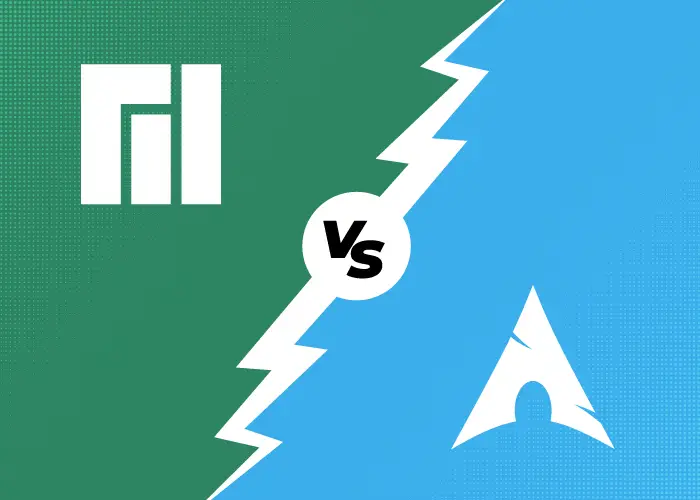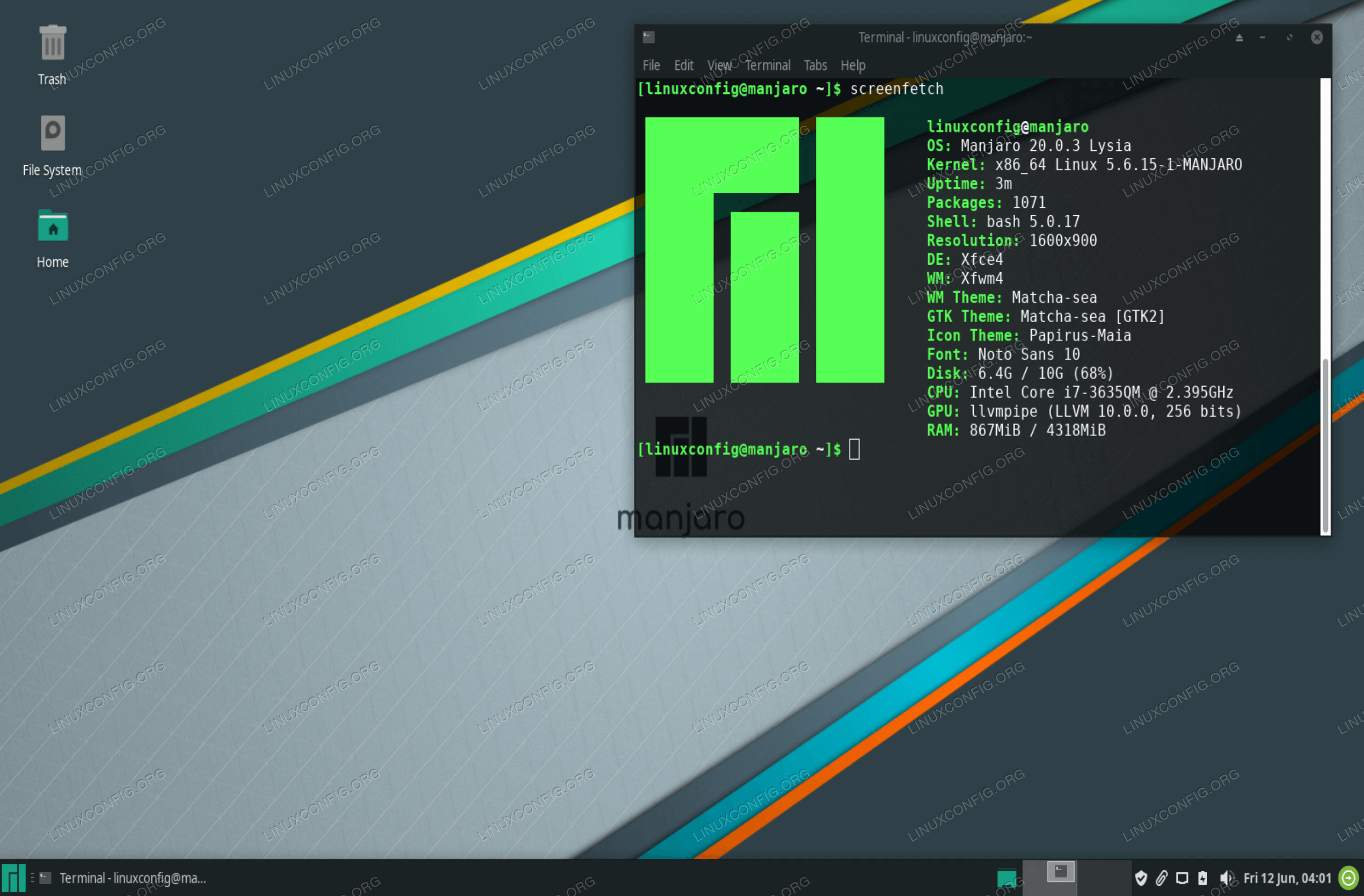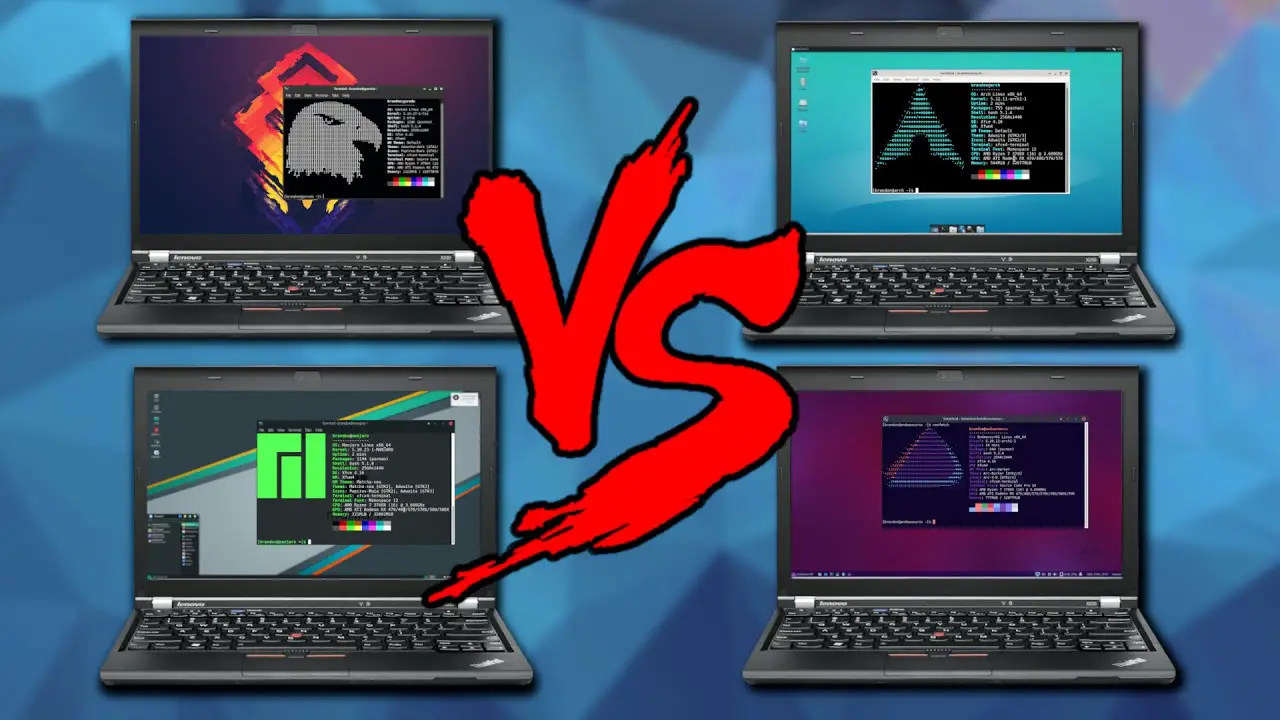Arch Linux Vs. Manjaro: Stability Vs. Cutting-edge

Executive Summary:

Arch Linux and Manjaro Linux are popular operating systems that appeal to users with varying preferences for stability and cutting-edge software.

Arch Linux provides a lightweight platform for advanced users who seek granular control over their systems and the latest software packages. Manjaro offers a user-friendly experience with a more stable yet modern software selection.
This comparison explores the key differences between Arch Linux and Manjaro, covering installation, package management, software availability, user-friendliness, stability, and rolling release updates, to help users make an informed decision based on their priorities.
Introduction:
Arch Linux and Manjaro Linux are two renowned operating systems within the Linux realm, each catering to distinct user needs and preferences. Arch Linux captivates experienced users with its DIY approach, allowing them to forge a system tailored to their specific requirements. Manjaro, on the other hand, allures those prioritizing user-friendliness, stability, and cutting-edge software, aptly balancing these aspects to deliver a well-rounded experience.
Installation:
– Arch Linux:
- Arch Linux requires manual partitioning and configuration during installation, demanding a higher level of technical expertise.
- The Arch Linux installation process can be intricate and time-consuming, requiring careful attention to detail.
- Arch Linux is not recommended for beginners; it is suited for experienced users who appreciate customization and control.– Manjaro:
- Manjaro boasts a graphical installer with user-friendly options that streamline the installation process.
- It offers an automated partitioning tool, making it accessible even for novice Linux users.
- Manjaro's installation process is relatively straightforward and quick, catering to users who prioritize ease and convenience.Package Management:
– Arch Linux:
- Arch Linux utilizes Pacman, a robust package manager renowned for its simplicity and effectiveness.
- Pacman offers access to the Arch User Repository (AUR), an extensive repository containing a vast selection of user-generated packages.
- AUR grants Arch Linux users access to the latest software, including bleeding-edge and experimental packages.– Manjaro:
- Manjaro employs Pamac, a graphical package manager that simplifies software installation and management.
- Pamac offers a user-friendly interface, enabling users to browse and install applications effortlessly.
- Manjaro's curated repositories provide a stable selection of software packages, prioritizing stability and reliability.Software Availability:
– Arch Linux:
- Arch Linux's strength lies in its extensive software repository, including the AUR.
- AUR hosts an immense collection of packages, catering to diverse user requirements and preferences.
- Arch Linux users enjoy access to the latest software versions, including pre-release and unstable packages.– Manjaro:
- Manjaro's software repositories focus on stability and reliability, comprising a curated selection of tested and trusted packages.
- Manjaro users gain access to a vast range of software applications, covering various categories and purposes.
- Although Manjaro's software selection may not be as comprehensive as Arch Linux, it offers a solid foundation for daily use and productivity.User-friendliness:
– Arch Linux:
- Arch Linux is not designed for novice users due to its emphasis on customization and user control.
- The installation process can be daunting, and the lack of a graphical installer may deter non-technical users.
- Arch Linux requires users to possess a deeper understanding of Linux systems to navigate its intricacies effectively.– Manjaro:
- Manjaro excels in user-friendliness, featuring a user-friendly graphical installer that eases the installation process.
- Manjaro's preconfigured desktop environments provide a polished and intuitive user experience out of the box.
- Manjaro is suitable for both beginners and experienced users, offering a balance of user-friendliness and customization options.Stability and Rolling Release Updates:
– Arch Linux:
- Arch Linux employs a rolling release model, continuously delivering the latest software updates and enhancements.
- Rolling releases may result in occasional system instability due to frequent updates and the inclusion of bleeding-edge software.
- Arch Linux users must possess the technical skills and willingness to troubleshoot any potential issues that may arise from system updates.– Manjaro:
- Manjaro employs a hybrid release model, combining the stability of fixed releases with the innovation of rolling releases.
- Manjaro's hybrid model prioritizes stability by thoroughly testing updates before integrating them into the stable branch.
- Manjaro users benefit from a more stable system while still having access to reasonably up-to-date software.Conclusion:
Arch Linux and Manjaro cater to distinct preferences within the Linux community. Arch Linux appeals to experienced users seeking granular control over their system and the latest software, embracing the DIY approach. Manjaro suits users who prioritize user-friendliness, stability, and cutting-edge software, offering a balanced and accessible platform. Ultimately, the choice between these two operating systems depends on the individual’s comfort level, technical expertise, and primary usage requirements.
Keyword Phrase Tags:
- Arch Linux vs. Manjaro
- Rolling Release vs. Hybrid Release
- Software Availability and Stability
- User-friendliness and Accessibility
- Customization and Control in Linux Distros

Arch Linux and Manjaro are both great distros but Arch always wins with its documentation and a rolling release is always up-to-date.
Arch Linux is the best because it’s the most customizable and lightweight distro out there. Manjaro is just a user-friendly Arch with less customization options.
I’ve used both Arch Linux and Manjaro, and I can say that Arch is more stable than Manjaro. However, Manjaro has a larger community and more user-friendly.
Manjaro is better than Arch because it’s more stable and has a larger community. Arch is just for elitist who want to show off their technical skills.
Arch Linux is so stable that it never breaks. Manjaro is so cutting-edge that it’s always broken.
Arch Linux is the best distro for people who like to spend their time compiling their own kernels. Manjaro is for people who just want to use their computers.
Arch Linux is like a race car. It’s fast and powerful, but it can be dangerous if you don’t know what you’re doing. Manjaro is like a minivan. It’s not as fast or powerful, but it’s safer and more comfortable.
I love both Arch Linux and Manjaro but i prefer Manjaro becouse is more stable and easy to use for begginers.
I tried Arch Linux but it was too difficult for me. I prefer Manjaro because it’s more user-friendly.
Arch Linux is a great distro for experienced users who want to have full control over their system. Manjaro is a good choice for beginners who want a more user-friendly experience.
Arch Linux is for elitists who think they’re better than everyone else. Manjaro is for normal people who just want to use their computers.
Arch Linux is like a sports car. It’s fast and powerful, but it can be dangerous if you don’t know what you’re doing. Manjaro is like a family car. It’s not as fast or powerful, but it’s safer and more comfortable.
Arch Linux is for people who like to spend their time compiling their own kernels. Manjaro is for people who just want to use their computers.
Arch Linux is the best distro for people who like to live on the edge. Manjaro is for people who want a more stable experience.
Both Arch Linux and Manjaro have their own strengths and weaknesses. It really depends on your individual needs and preferences.